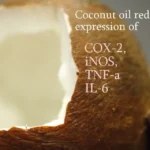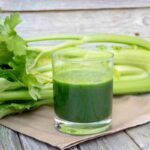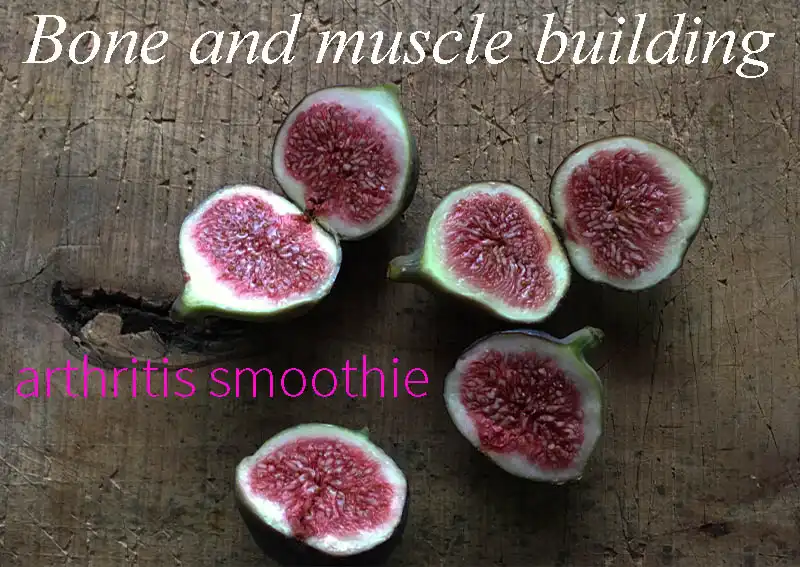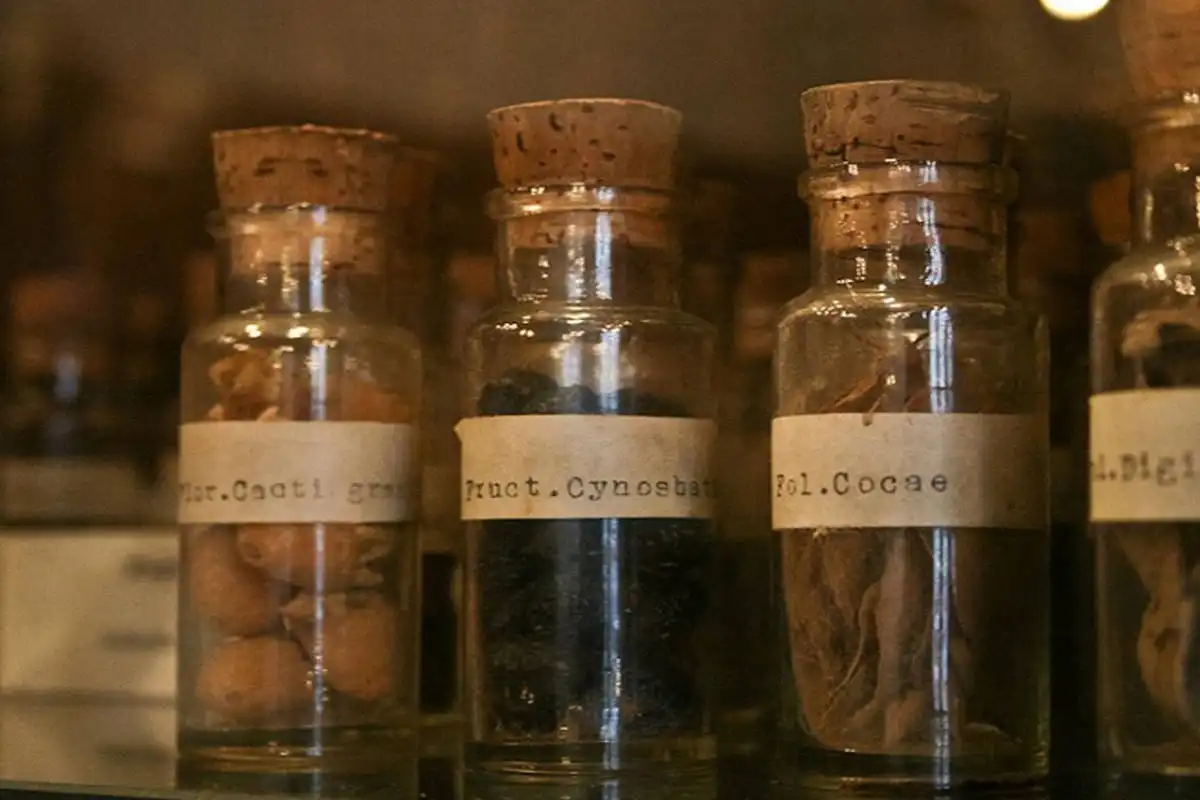Way back in 1963 a study reported that people with rheumatoid arthritis may be prone to vitamin B5 deficiency. Read on to discover the Arthritis benefits of Vitamin B5 richfoods
66 rheumatoid arthritis sufferers were studied and shown to have less pantothenic acid (vitamin B5) in their blood than 29 healthy people.
Evidence also indicated that lower levels of pantothenic acid existed in the blood of the subjects suffering the most severe forms of the illness. This finding suggests that vitamin B5 deficiency in rheumatoid arthritis may be linked to diseases progression.
To verify the findings, a follow up placebo controlled study was carried out on 18 sufferers.
The participants were given a dose of 2 grams (2000 mg) of vitamin B5 per day, and reported less pain, improved levels of morning stiffness, and fewer symptoms of disability than the placebo controlled group.
Rheumatoid arthritis Sufferers given a dose of 2 grams (2000 mg) of vitamin B5 (pantothenic acid) per day reported less pain, reduced morning stiffness and fewer symptoms of disability than the placebo controlled group.
This study didn’t investigate the causes of the deficiency, but it seems clear that vitamin B5 deficiency may be common in some patients with rheumatoid arthritis.
Low levels of vitamin B5 in the severely affected RA patients may be due to the highly stressed adrenal glands using up the body’s supplies of vitamin B5 more quickly than in healthier individuals.
It is no surprise that diseased bodies try to use more energy and nutrients when trying to restore health.
Do we have a cure?
We shouldn’t jump to the conclusion that pantothenic acid is a cure for rheumatoid arthritis. However, increasing your vitamin B5 intake through natural, healthy foods or supplementation certainly won’t hurt in correcting this potential deficiency.
United Kingdom vitamin B5 RDA: 6 mg/day
How do I get more vitamin B5 in my diet?
The good news is that active vitamin B5 is present in almost all plant, animal, and microbial cells! Dietary modifications should therefore correct any imbalance with very little effort.
Look out for some of the foods below and add them to your diet to make sure you’re fully topped on vitamin B5. Our diet usually provides “healthy people” with an abundant supply of vitamin B5 and deficiency is very rarely seen in these groups. However, those suffering from chronic disease may benefit from a therapeutic dose. Consult your doctor before adjusting your supplement levels, especially if your taking medication.
Ask yourself. Do you fall into that group or do you need increase your levels of vitamin B5 in order to meet the extra demands of disease.
Sources of vitamin B5 include:
- Egg yolk
- Broccoli
- Chicken
- Tomato products
- Liver
- Beef
- kidney
- Yeast
- Potatoes
- Oat cereals and whole grains
Special mention is reserved for royal jelly (511 mg/kg) and the ovaries of tuna and cod (2300 mg/kg) for their very high levels of B5.
Arthritis super foods that contain vitamin B5
Avocados
The Unsaponifiable compounds in avocados block chemicals responsible for causing inflammation and cartilage loss.
Glutathione is essential for cleansing toxins fromliver. Eating avocado helps the body make this vital substance.
Avocados are great for weight loss too,helping lighten the load on our already stressed joints.
| Pantothenic Acid in 100g | Per cup puréed (230g) | Per fruit (136g) |
| 1.46mg (15% DV) | 3.37mg (34% DV) | 1.99mg (20% DV) |
Sunflower seeds
Sunflower seeds are an awesome source of vitamin B5 They also provide many other wonderful fats and minerals and are a definite arthritis super food for just about any occasion.
| Pantothenic Acid in 100g | Per cup (134g) | Per ounce (28g) |
| 7.06mg (71% DV) | 9.46mg (95% DV) | 1.98mg (20% DV) |
Eggs
Often referred to as “natures vitamin” the egg is super densely packed with everything needed to sustain new life and old.. That’s why I adore them.
Eggs are also packed With minerals, enzymes, omega 3’s and a host of other goodies that will boost your health better than any other food.
| Pantothenic Acid in 100g | Per egg (50g) | Per cooked egg (50g) |
| 1.53mg (15% DV) | 0.77mg (8% DV) | 0.70mg (7% DV) |
Toxicity
The above mentioned study on rheumatoid arthritis patients showed levels of 2000 mg of B5 per day were adequately tolerable over several weeks, but the study was short and only contained a small sample of patients. These limiting factors naturally reduce the value of the data concerning any potential unusual or long-term toxic effects of vitamin B5 and shouldn’t be taken to mean that high levels will be tolerable in every case.
The food standards agency website (food.gov.uk) advises that some early non controlled studies showed no incidence of vitamin B5 causing chronic toxic effects at levels of up to 10,000 mg per day. However, it has been shown that some mild stomach irritation, including diarrhea and gastrointestinal disturbances may occur at those levels.
Overuse of any substance usually leads to an imbalance in the system and potential negative consequences.
TOLERABLE UPPER LIMIT
None established
References
- Barton-Wright EC, Elliott WA. The pantothenic acid metabolism of rheumatoid arthritis. Lancet.1963;2:862-863.
- General Practitioner Research Group (1980) Calcium pantothenate in arthritic conditions. A report from the General Practitioner Research Group. Practitioner 224, 208-211.
- Goldman, L. (1950) Intensive panthenol therapy of lupus erythematosus. Journal of Investigative Dermatology 15, 291-293.
- Unna, K., Greslin, J.G. (1940) Toxicity of pantothenic acid. Proceedings of the Society for Experimental Biology and Medicine 45, 311-312.
- Unna, K., Greslin, J.G. (1941). Studies on the toxicity and pharmacology of pantothenic acid. Journal of Pharmacology and Experimental Therapeutics 73, 85-90.
- Welsh, A.L. (1952). Lupus erythematosus: treatment by combined use of massive amounts of calcium pantothenate or panthenol with synthetic vitamin E. Archives of Dermatology and Syphilology 65, 137-148.
- Welsh, A.L. (1954). Lupus erythematosus: treatment by combined use of massive amounts of pantothenic acid and vitamin E. Archives of Dermatology 70, 181-198.
Please read my post on Foods that contain pantothenic acid (vitamin B5)




















Great site. Just had a quick read.
I like everything you post. You have done great job
I like the idea, but getting more B5 through food is never gonna cut it if the goal is to try to treat arthritis with B5. “Therapeutic” doses like those used in the studies are at least 10x higher than what you can get through food. I’m pretty sure you cannot get more than 20mg of Pantothenic acid a day from your food, if that. Therapeutic doses start at ±400mg (20x). The study you cite even uses a whooping 2000mg (100x)…